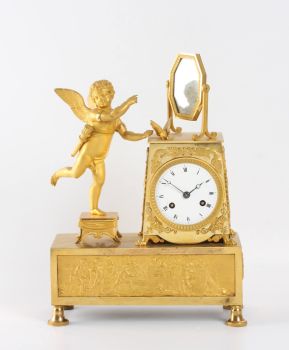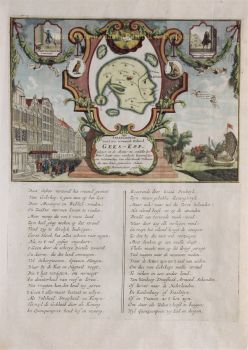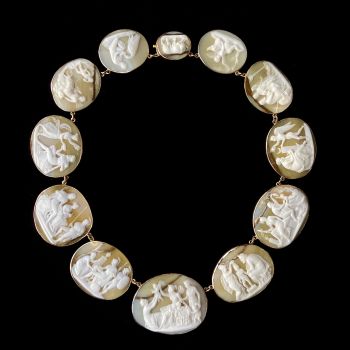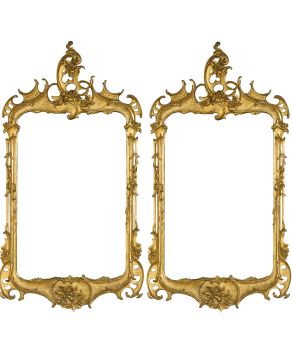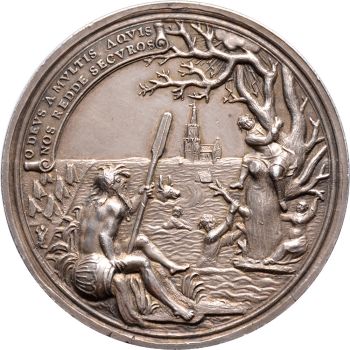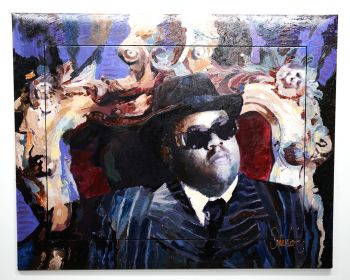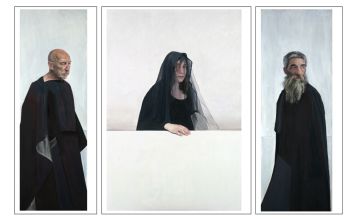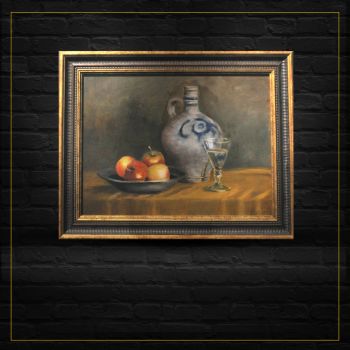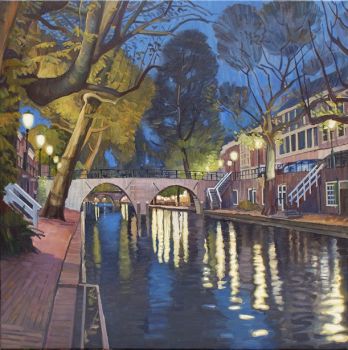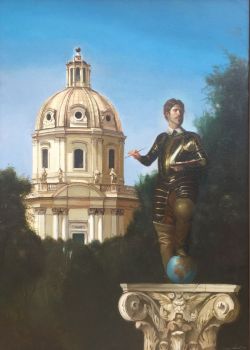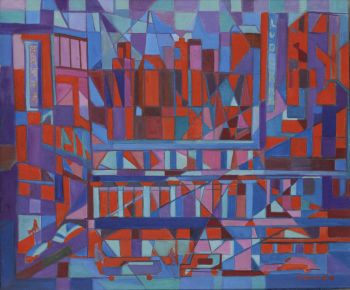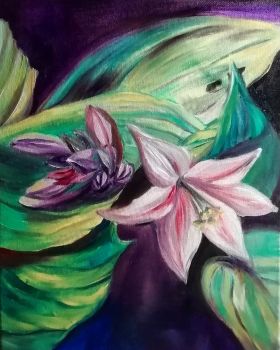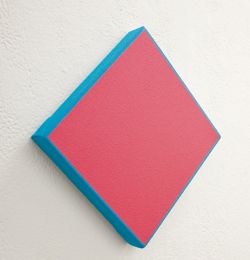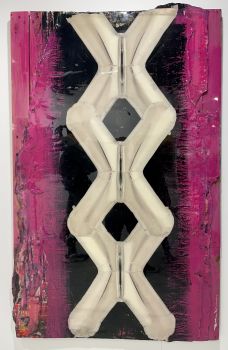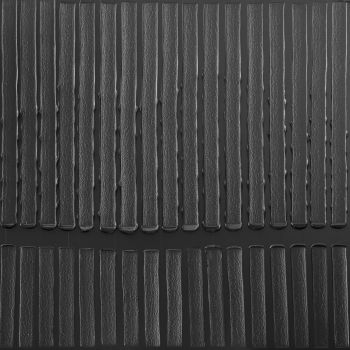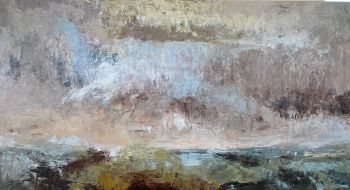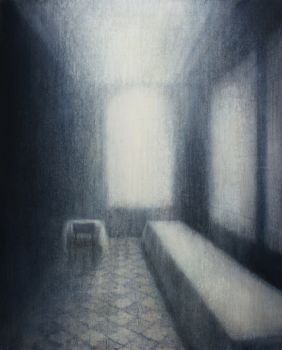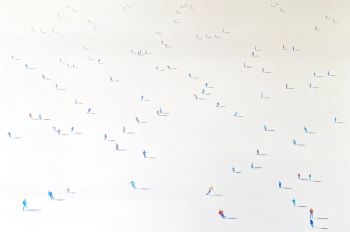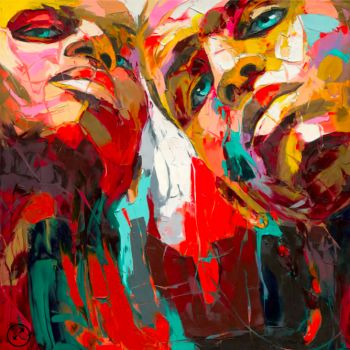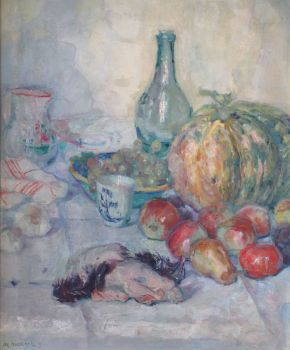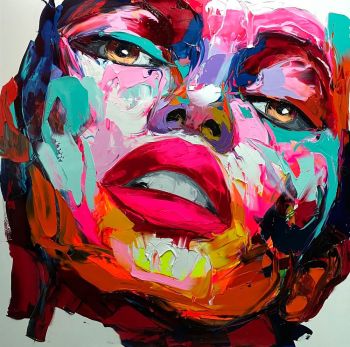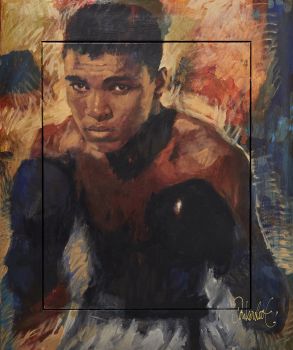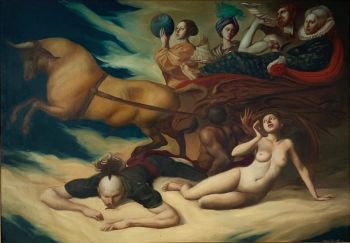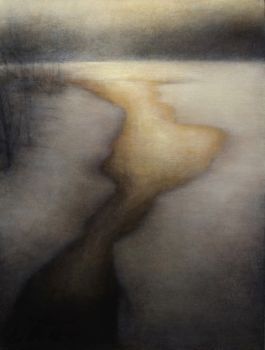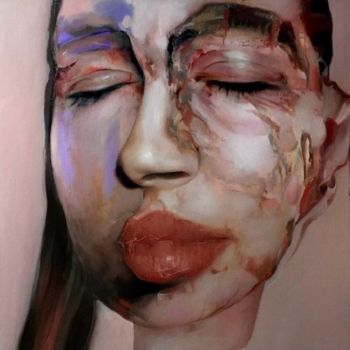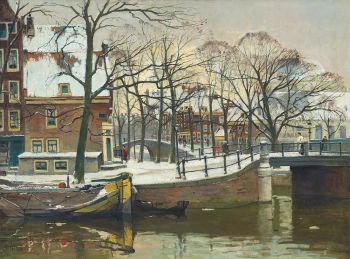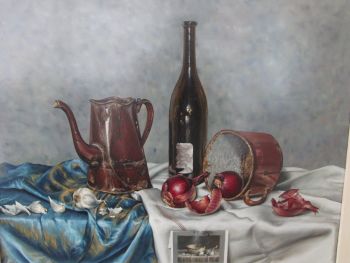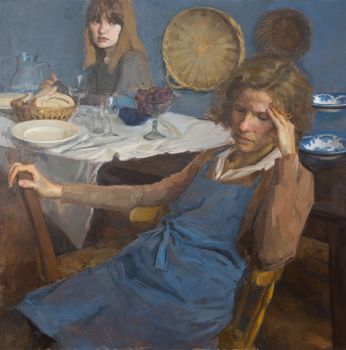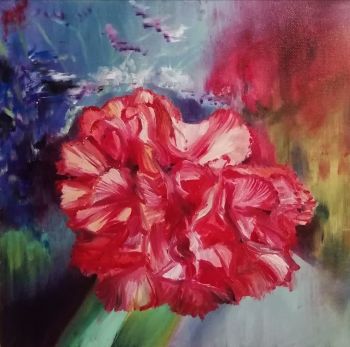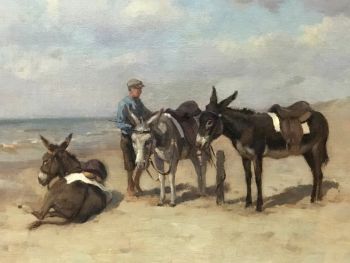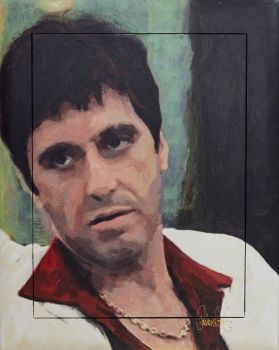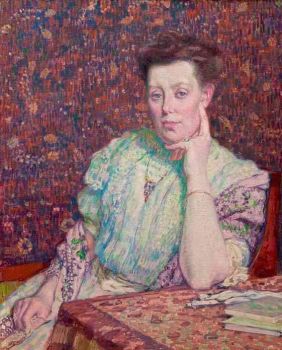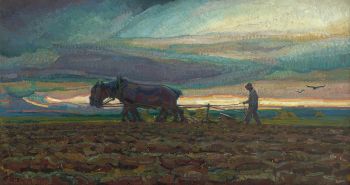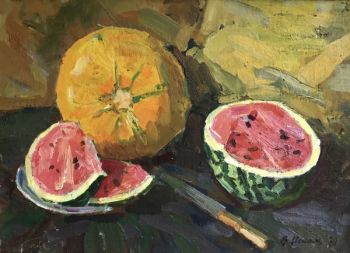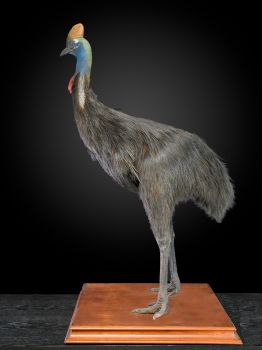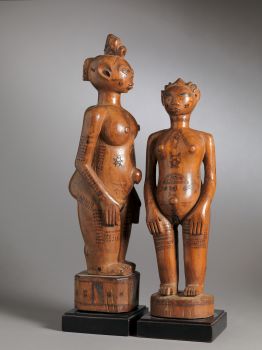16th C Portraits of Sultans Murad III (1546–1595) and Isa Celebi (died in 1403), identities inscribe 1580 - 1600
Artista Sconosciuto
Olio originale su tela
95 ⨯ 76.50 ⨯ 2.90 cm
ConditionVery good
Prezzo su richiesta
Spectandum Gallery
- A proposito di opere d'arteThe capture of Constantinople in 1453 by the young Mehmed II ("The Conqueror") not only sparked this interest, but the young sultan himself, who invited European painters to his court, also fueled this trend. The period following his reign saw relations between the Republic of Venice and its powerful neighbor reach a state of relative calm, initiating a period of exchanges and trade. Situated at the crossroads of East and West, the Ottoman Empire absorbed a wide range of influences, including Chinese, European, and Persian, to produce a distinctive and cohesive artistic language across a range of decorative arts with elements both rococo and baroque, marked by an increasingly open attitude towards all things European. The production of Orientalist paintings is rich in topographical landscapes of Istanbul, genre scenes, and portraits of notable Ottomans.Europe's fascination with its powerful Muslim neighbors inspired a wave of narratives and paintings about the Ottoman world. The two portraits of Sultans Murad III (1546-1595) and Isa Celebi (died in 1403), depicted in three-quarters view and wearing large turbans and richly embroidered cloaks, were directly influenced by the paintings of Paolo Caliari, called Paolo Veronese. The original series of fourteen portraits of Ottoman sultans by Veronese inspired the creation of several painted decorations between the late 16th and 19th centuries. The paintings served as significant diplomatic gifts.
A complete set, executed by one of Veronese's disciples, is now in the Collection Bayerische Staatsgemäldesammlungen, Munich (inv. No. 2243) (R. Kultzen and P. Eikemeier, Venezianische Gemalde des 15. Und 16. Jahrhunderts, Bayerische Staatsgemäldesammlungen, Munich, 1971, pp.236-9). It is worth noting a set of portraits kept at the Topkapi Palace in Istanbul, which were shipped from Venice to Istanbul in September 1779. They were most likely the result of a request from the Grand Vizier Sokollu Mehmed Pasha, who wished to establish a local genealogy of the Sultans, to Niccolò Barbarigo, the Venetian ambassador to Constantinople, for such works. Paolo Giovio (1483-1552), the Italian historian and biographer, is also known to have owned a series of portraits of Ottoman sultans that he commissioned based on a group of miniatures that Barbarossa, the admiral of Suleiman the Magnificent, offered to a French commander in gratitude in 1453. Only one painting from this series still exists, depicting Sultan Mehmed I (now in the Archaeological Museum of Como). In addition to the complete sets in Munich and Istanbul, at least two fragmentary sets of sultan portraits exist in the Topkapi Palace. Literature :
F.Çağman, "The Sultan's Portrait: Picturing the house of Osman", Topkapi Palace Museum, Istanbul, June 6-September 6, 2000, Istanbul, Işbank, 2000). https://www.sothebys.com/en/buy/auction/2022/royal-noble/the-newbattle-turks-a-set-of-6-historical - A proposito di opere artista
Può succedere che un artista o un creatore sia sconosciuto.
Alcune opere non sono determinate da chi sono state realizzate o sono state realizzate da (un gruppo di) artigiani. Esempi sono statue dell'antichità, mobili, specchi o firme non chiare o leggibili ma anche alcune opere non sono affatto firmate.
Inoltre puoi trovare la seguente descrizione:
•"Attribuito a …." A loro avviso probabilmente opera dell'artista, almeno in parte
•“Studio di ….” o “Officina di” A loro avviso un'opera eseguita nello studio o nella bottega dell'artista, eventualmente sotto la sua supervisione
•“Cerchio di…” A loro avviso un'opera del periodo dell'artista che mostra la sua influenza, strettamente legata all'artista ma non necessariamente al suo allievo
•"Stile di..." o "Seguace di..." A loro avviso un'opera eseguita nello stile dell'artista ma non necessariamente da un allievo; può essere contemporaneo o quasi contemporaneo
•“Modalità di…” A loro avviso un'opera nello stile dell'artista ma di epoca successiva
•"Dopo …." A loro avviso una copia (di qualsiasi data) di un'opera dell'artista
•“Firmato…”, “Datato…” o “Iscritto” A loro avviso l'opera è stata firmata/datata/inscritta dall'artista. L'aggiunta di un punto interrogativo indica un elemento di dubbio
•"Con firma....", "Con data...", "Con iscrizione..." o “Riporta firma/data/iscrizione” a loro avviso la firma/data/iscrizione è stata aggiunta da qualcuno diverso dall'artista
Sei interessato ad acquistare questa opera d'arte?
Artwork details
Related artworks
- 1 - 4 / 12
Peter Paul Rubens (circle of)
Portrait of a man dressed up as an oriental man1620 - 1630
Prezzo su richiestaGallerease Selected
1 - 4 / 24Raoul Hynckes
"Still Life with Fishing Attributes"1940 - 1950
Prezzo su richiestaStudio 2000 Art Gallery
1 - 4 / 24Artista Sconosciuto
Pair of 19th C French Taxidermy Dioramas1860 - 1890
Prezzo su richiestaSpectandum Gallery
Artista Sconosciuto
RARE TAXIDERMY OF AN ADULT SOUTHERN CASSOWARY-CASUARIUS CASUARIUS1990 - 2000
Prezzo su richiestaSpectandum Gallery
Artista Sconosciuto
EIGHT NEO-GOTHIC STAINED GLASS WINDOWS WITH SUSPENSION EYELET, 19th C, BELGIUM.1850 - 1900
Prezzo su richiestaSpectandum Gallery
Artista Sconosciuto
MATERNITY FIGURE, FANG-MABEA, CAMEROON.PROVENANCE R.CAILLOIS-P.RATTON.1920 - 1930
Prezzo su richiestaSpectandum Gallery
Artista Sconosciuto
Couple Wooden Ancestors Sculptures with Scarifications, Zela People, DRC. 1920 - 1930
Prezzo su richiestaSpectandum Gallery
1 - 4 / 12












